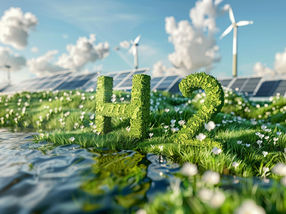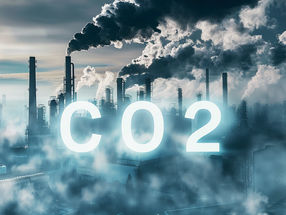Nanotechnology leads to stronger cleanroom standards
Cleanzone 2015: Cleanroom compatibility of all types of equipment
Advertisement
The disciplines are converging: first it was mechanics and electronics that grew closer together – now it is the turn of semiconductor-electronic and optics components and sub-assemblies. Optoelectronic hybrids are putting even greater demands on cleanroom technology. The first order of business is reducing airborne particulate matter – efforts which have targeted particles as small as in the 0.1 micrometre range to date. It is also essential to avoid contamination by films, for even a layer just one atom thick can make it difficult to apply the next, functionally important layer. In optics, this might be a so-called T-layer, for example, which serves to prevent objects appearing doubled through a pane of glass or a lens. If there is a hydrocarbon layer (no matter how thin) beneath this T-layer, it is almost inevitable that the functional layer will end up flaking off at some point. Biosensors, which are used for such things as the continuous monitoring of signals from the human body (e.g. blood lipid values), cannot tolerate any impurities between their chemical sensors and the downstream actuators, detectors and amplifiers.
The coming “nano-standard”
As microtechnology becomes nanotechnology, the production of components and sub-assemblies is increasing the requirements for cleanroom technology. The acronym NEMS (nanoelectromechanical systems) is already a common counterpart to MEMS (microelectromechanical systems); now NOEMS (nano-opto-electro-mechanical-systems) is taking off as well.
People are already discussing structures as small as five, or even three, nanometres in size within microelectronic components and sub-assemblies, so it is clear that cleanroom technology must also focus on airborne particulate matter smaller than 0.1 micrometres. This has been almost a 'magical' threshold until now, so VDI 2083, the relevant guideline from the VDI (Association of German Engineers), is likely to be revised in the near future. This much is already clear: even if the 'new' guidelines do not contain any comprehensive physical theory of nanoparticles, they are certain to cover fields which go beyond cleanrooms of the familiar ISO classes. Classifications will become more precise, and the manufacturers of measurement technology will be revamping their equipment in accordance with the new nano-standard, perhaps even adding new technology. It will, however, be more difficult to interpret the results than it is with particle sizes above the 0.1 micrometre threshold.
Question for the future: Compatible or not compatible?
One thing that is sure to be even more of an issue in the field of microelectronics over the coming years is the cleanroom compatibility of all types of equipment. While air purity is closely monitored and people are always recognised as a significant source of particulate impurities, machines in (unstaffed) cleanrooms can also introduce a great deal of impurities – particularly in comparison with the extremely strict requirements for nano-opto-electro-mechanical-systems and components. It is also possible, however, that an external cleaning service might be afraid to risk damaging the machines, and not clean these properly as a result. This is even understandable. In cases such as these, training is necessary, both regarding the equipment set-up and the cleaning procedure: where are sensitive components installed? Which cleaning agents and materials can be used?
There will be an opportunity to discuss these issues, nanotechnology and its implications for cleanroom technology, innovative measurement technology and much more with other professionals in Frankfurt am Main at Cleanzone, the international trade fair and congress for cleanroom technology, which will be taking place for the fourth time on 27 and 28 October 2015. In addition to the manufacturers' newest products and innovations, visitors will be able to find out the latest information on the planning, construction and operation of a cleanroom.































































